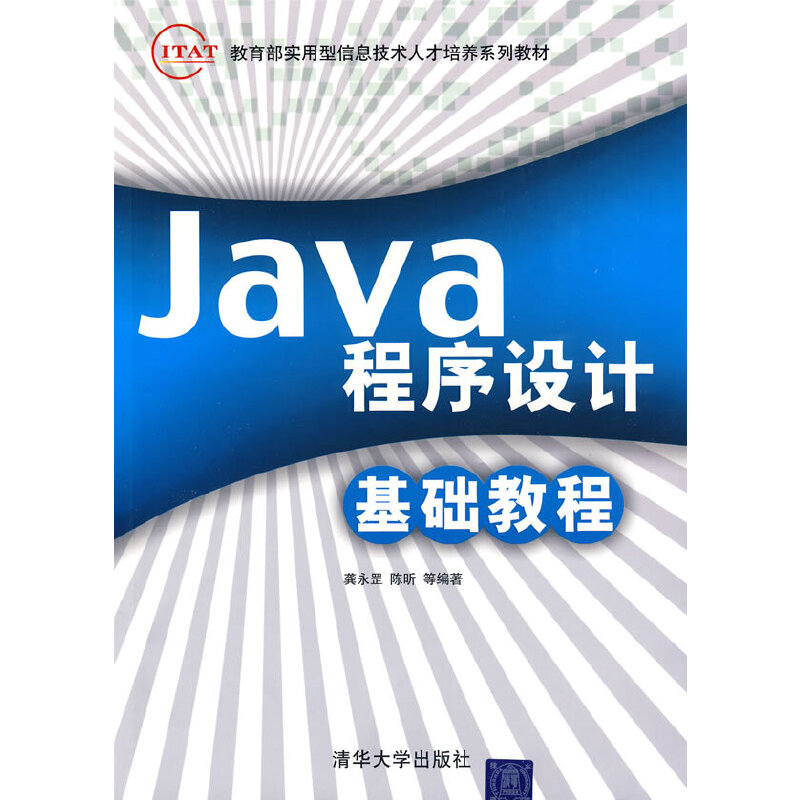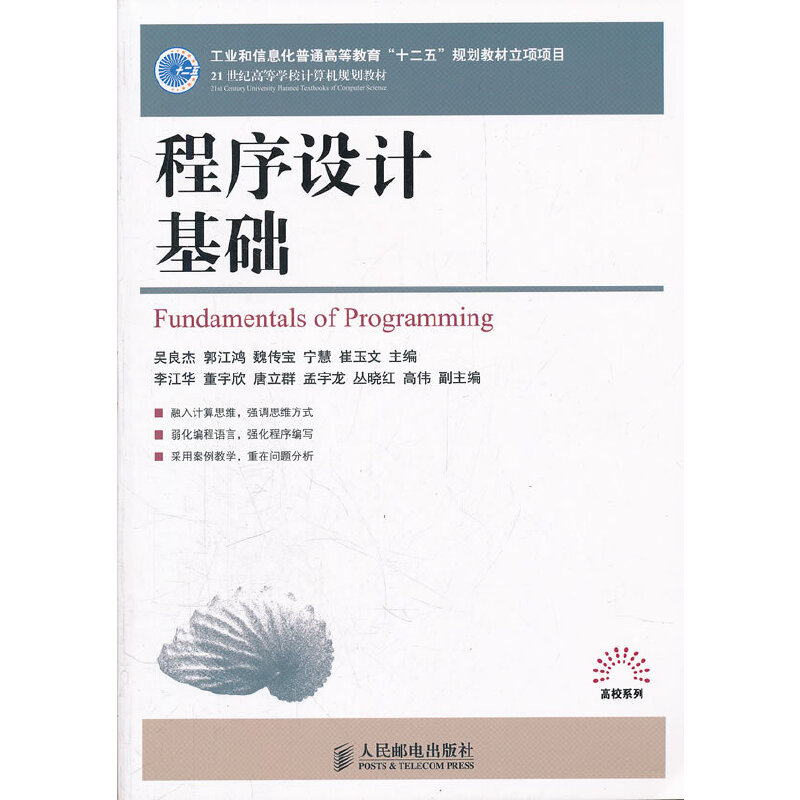优选论框架下现代汉语双音节词重叠现象的研究
定价:¥29.00
作者: 陈璐
出版时间:2014-09
出版社:同济大学出版社
- 同济大学出版社
- 9787560856018
- 110821
- 2014-09
- H146
内容简介
重叠是现代汉语巾最重要的造词方法之一。国内汉语界对重叠现象的研究多集中在重叠的构成、音调变化、各方言差异等基本层面,尚未有一个系统的理论对重叠现象进行概括和分析。陈璐著的《优选论框架下现代汉语双音节词重叠现象的研究》采用优选论(Optimality Theory)的理论框架来展示和分析现代汉语中双音节动词、形容词、副词和名词中不同的重叠形式。
在提出了几个新的制约条件并给出重叠音系学的产生机制后,本书更进一步结合形态学相关理论,通过采用“三方对应”的新模式将形态学和音系学之间的对应关系引入优选论的理论框架,从而使得现代汉语双音节词的重叠现象得到了更加深入的诠释。
本书采用西方语言学最新研究理论对现代汉语中重叠词的语音特点及形成方式进行了深入研究,适于语言专业研究生及广大汉语及语言学爱好者研读。
在提出了几个新的制约条件并给出重叠音系学的产生机制后,本书更进一步结合形态学相关理论,通过采用“三方对应”的新模式将形态学和音系学之间的对应关系引入优选论的理论框架,从而使得现代汉语双音节词的重叠现象得到了更加深入的诠释。
本书采用西方语言学最新研究理论对现代汉语中重叠词的语音特点及形成方式进行了深入研究,适于语言专业研究生及广大汉语及语言学爱好者研读。
目录
Introduction
Chapter One Theoretical Background
timality Theory
1.1 A General Introduction
1.2 Basic Concepts of OT
1.2.1 Markedness Constraint
1.2.2 Faithfulness Constraint
1.2.3 Conflicts between Markedness and Faithfulness
1.3 The OT grammar as an Input-Output Device
uplication in the Study of OT
2.1 Reduplication in OT
2.2 The Basic Model of the Correspondence Theory of Reduplication
rphology and Phonology
uplication in World's Languages
4.1 Reduplication in Languages Other than Chinese
4.2 Reduplication in Mandarin
4.2.1 Total Reduplication in Mandarin
4.2.2 Disyllabicity Requirement of Mandarin
Chapter Two Reduplication Data in Mandarin
rb Reduplication
1.1 Different Patterns of Verb Reduplication
1.2 Grammatical Functions of Reduplicated Verbs
jective Reduplication
2.1 Different Patterns of Adjective Reduplication
2.1.1 AAABB
2.1.2 AABAB
2.1.3 AliAB and ABB
2.2 Grammatical Functions of Reduplicated Adjectives
un Reduplication
3.1 Reduplication of Measure Words
3.2 Reduplication of Kinship Terms
3.3 Grammatical Functions of Reduplicated Nouns
verb Reduplication
4.1 Different Patterns of Adverb Reduplication
4.1.1 AA
4.1.2 AAB
4.1.3 AABB
4.2 Grammatical Functions of Adverb Reduplication
mmary
Chapter Three AABB and ABAB Reduplication
e Prosodic Structure of the Reduplication
rpho-syntactic Structure of AABB and ABAB Reduplication
2.1 Evidence from Third Tone Sandhi
2.2 Extra MRU Pattern for AABB
ecial Patterns of Disyllabic Verb and Adjective Reduplication
3.1 VAABB
3.2 AABAB
BB vs. ABAB Reduplication
Chapter Four An OT Analysis of Reduplication in Mandarin
BB and ABAB Reduplication in the OT Framework
1.1 Realize-μ and * σσσ
1.1.1 *σσσ
1.1.2 Realize-μ
1.2 Alignment
1.2.1 Generalized Alignment
1.2.1.1 The Format of Alignment Constraints
1.2.1.2 Alignment and Infixation in Tagalog
1.2.2 Align (Verb, MRU) and Align (Adjective, MRU)
1.3 Linearity
1.4 Summary
B Reduplication for Verb-Object Verbs
jective Reduplication AliAB
3.1 Property of ""li"" ~
3.2 * [σoLT and Align-li-L
verb Reduplication
mmary
Chapter Five A Ternary OT Model for the Mandarin Reduplication
roduction
1.1 Morpheme Realization in Zoque
1.2 Ineffability in Mandarin Chinese
1.3 Double Affixation in English
1.4 The Ternary Model of Morphology-Phonology Correspondence
e Ternary Model in Zoque
plication of the Ternary Model in Mandarin Reduplication
3.1 Distributive Forms of Monosyllabic and Disyllabic Classifiers
3.2 Double Affixation
mmary
Chapter Six Conclusions
Bibliography
Chapter One Theoretical Background
timality Theory
1.1 A General Introduction
1.2 Basic Concepts of OT
1.2.1 Markedness Constraint
1.2.2 Faithfulness Constraint
1.2.3 Conflicts between Markedness and Faithfulness
1.3 The OT grammar as an Input-Output Device
uplication in the Study of OT
2.1 Reduplication in OT
2.2 The Basic Model of the Correspondence Theory of Reduplication
rphology and Phonology
uplication in World's Languages
4.1 Reduplication in Languages Other than Chinese
4.2 Reduplication in Mandarin
4.2.1 Total Reduplication in Mandarin
4.2.2 Disyllabicity Requirement of Mandarin
Chapter Two Reduplication Data in Mandarin
rb Reduplication
1.1 Different Patterns of Verb Reduplication
1.2 Grammatical Functions of Reduplicated Verbs
jective Reduplication
2.1 Different Patterns of Adjective Reduplication
2.1.1 AAABB
2.1.2 AABAB
2.1.3 AliAB and ABB
2.2 Grammatical Functions of Reduplicated Adjectives
un Reduplication
3.1 Reduplication of Measure Words
3.2 Reduplication of Kinship Terms
3.3 Grammatical Functions of Reduplicated Nouns
verb Reduplication
4.1 Different Patterns of Adverb Reduplication
4.1.1 AA
4.1.2 AAB
4.1.3 AABB
4.2 Grammatical Functions of Adverb Reduplication
mmary
Chapter Three AABB and ABAB Reduplication
e Prosodic Structure of the Reduplication
rpho-syntactic Structure of AABB and ABAB Reduplication
2.1 Evidence from Third Tone Sandhi
2.2 Extra MRU Pattern for AABB
ecial Patterns of Disyllabic Verb and Adjective Reduplication
3.1 VAABB
3.2 AABAB
BB vs. ABAB Reduplication
Chapter Four An OT Analysis of Reduplication in Mandarin
BB and ABAB Reduplication in the OT Framework
1.1 Realize-μ and * σσσ
1.1.1 *σσσ
1.1.2 Realize-μ
1.2 Alignment
1.2.1 Generalized Alignment
1.2.1.1 The Format of Alignment Constraints
1.2.1.2 Alignment and Infixation in Tagalog
1.2.2 Align (Verb, MRU) and Align (Adjective, MRU)
1.3 Linearity
1.4 Summary
B Reduplication for Verb-Object Verbs
jective Reduplication AliAB
3.1 Property of ""li"" ~
3.2 * [σoLT and Align-li-L
verb Reduplication
mmary
Chapter Five A Ternary OT Model for the Mandarin Reduplication
roduction
1.1 Morpheme Realization in Zoque
1.2 Ineffability in Mandarin Chinese
1.3 Double Affixation in English
1.4 The Ternary Model of Morphology-Phonology Correspondence
e Ternary Model in Zoque
plication of the Ternary Model in Mandarin Reduplication
3.1 Distributive Forms of Monosyllabic and Disyllabic Classifiers
3.2 Double Affixation
mmary
Chapter Six Conclusions
Bibliography






